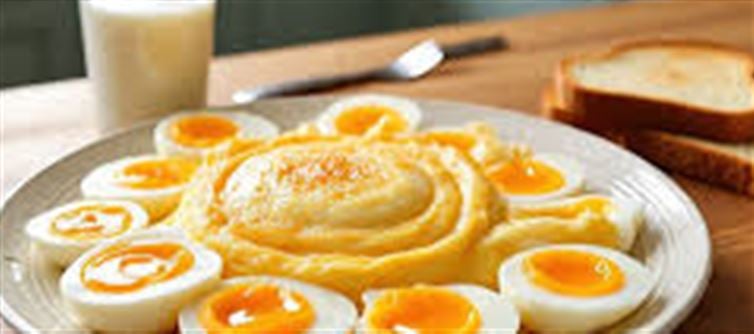
Overview
Modern kitchens often revolve around two main tools: the microwave and the stovetop.
· Microwaves are the go-to for quick fixes, reheating leftovers, and cooking with minimal effort.
· Stovetop cooking remains synonymous with traditional, home-cooked meals, offering flexibility in flavor and texture.
But when it comes to health, nutrition, and everyday practicality, which is better? Let’s break it down.
Microwave Cooking
Benefits
1. Speed and convenience: Meals cook faster, saving time on busy days.
2. Nutrient retention: Quick cooking can preserve heat-sensitive nutrients like vitamin c and folate.
3. Minimal oil needed: Steaming or microwaving vegetables reduces fat intake.
4. Less cleanup: Often one dish or bowl is enough, reducing dishes.
Limitations
· Texture limitations: Foods like roti, parathas, or fried items may not achieve the same crispiness.
· Limited browning or caramelization: Microwaves don’t produce the Maillard reaction, affecting flavor in some foods.
· Uneven heating: Certain microwaves may leave hot and cold spots, especially in dense foods.
Best For
· Reheating leftovers.
· Cooking vegetables quickly.
· Simple meals like oatmeal, soups, or steamed fish.
Stovetop Cooking
Benefits
1. Flavor development: Sautéing, frying, and simmering enhances taste through browning and spice infusion.
2. Texture control: Ideal for crisp vegetables, curries, stir-fries, and roti.
3. Versatility: Works for nearly all recipes, from slow-cooked dals to elaborate biryanis.
4. Traditional method: Allows control over spices, seasoning, and consistency.
Limitations
· Longer cooking time for certain dishes.
· More cleanup required, especially for multiple pans.
· May require more oil or fat depending on the recipe.
Best For
· Curries, stir-fries, deep frying, and recipes needing precise heat control.
· Traditional indian meals with multiple components.
Health Comparison
Aspect
Microwave
Stovetop
Nutrient retention
Good (shorter cooking time)
Good (depends on method)
Oil/fat use
Minimal
Can be higher depending on recipe
Formation of harmful compounds
Minimal
Frying at high heat may form acrylamides or oxidized oil
Digestibility
Similar
Similar
Cooking versatility
Moderate
High
Verdict: Both methods can be healthy if used correctly. Microwaves excel for speed and nutrient retention, while stovetop cooking is better for flavor and texture.
Tips for Healthier Everyday Cooking
1. Microwave: Use microwave-safe glass or ceramic, cover food to retain moisture, and avoid plastic containers that can leach chemicals.
2. Stovetop: Use minimal oil, choose healthy oils like olive or mustard, and avoid burning food to prevent harmful compounds.
3. Combine methods: Steam vegetables in the microwave, then toss them on the stovetop for flavor.
4. Batch cooking: Prepare staples like dal, rice, or sautéed veggies on the stovetop, then reheat in the microwave for convenience.
Conclusion
· Microwave cooking is ideal for quick, nutrient-preserving meals, especially for busy schedules.
· Stovetop cooking shines when flavor, texture, and versatility are priorities.
· For everyday health-conscious cooking, a hybrid approach—microwave for speed and stovetop for taste—is often the best choice.
Disclaimer:
The views and opinions expressed in this article are those of the author and do not necessarily reflect the official policy or position of any agency, organization, employer, or company. All information provided is for general informational purposes only. While every effort has been made to ensure accuracy, we make no representations or warranties of any kind, express or implied, about the completeness, reliability, or suitability of the information contained herein. Readers are advised to verify facts and seek professional advice where necessary. Any reliance placed on such information is strictly at the reader’s own risk.
.jpg)




 click and follow Indiaherald WhatsApp channel
click and follow Indiaherald WhatsApp channel